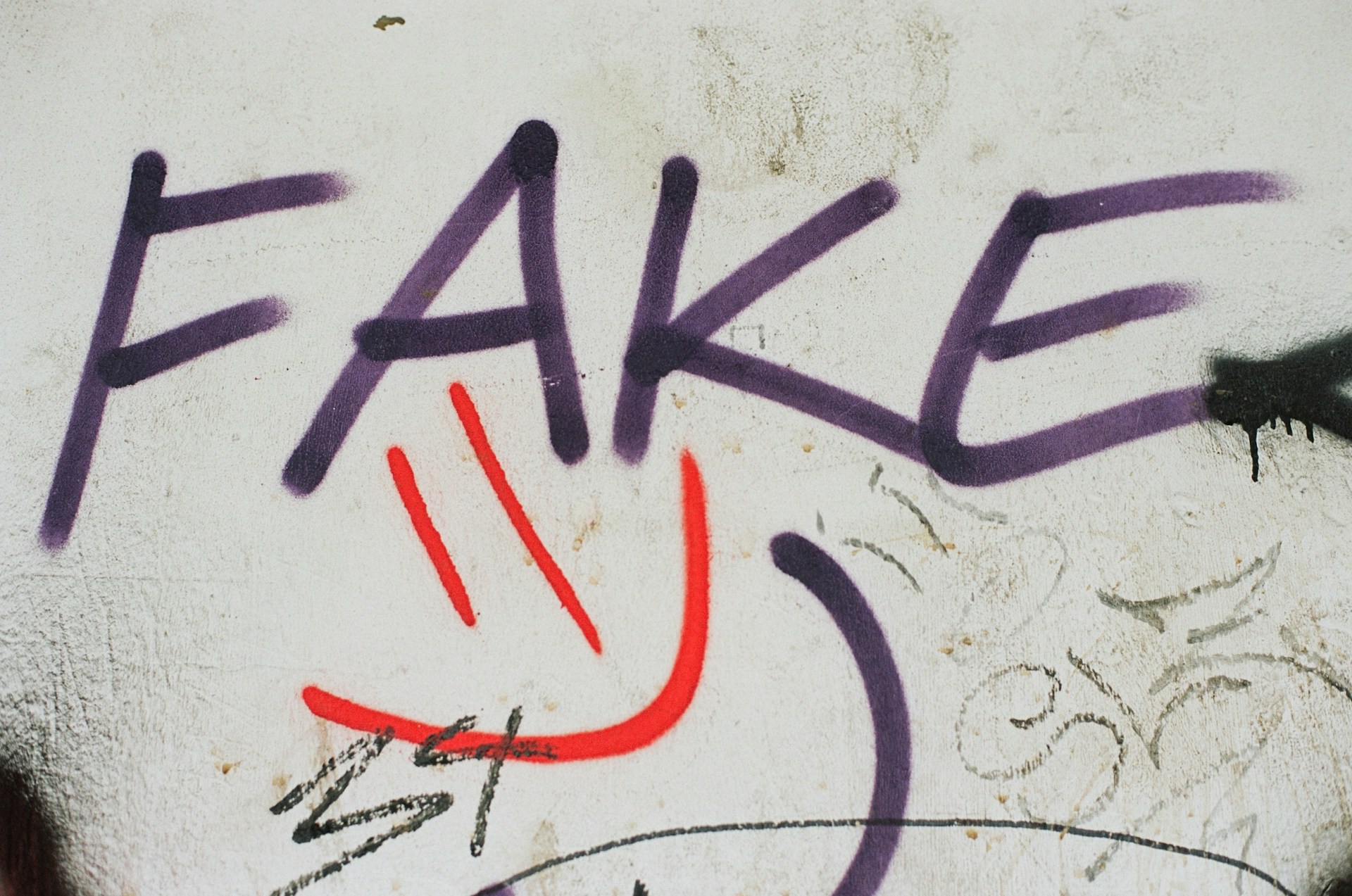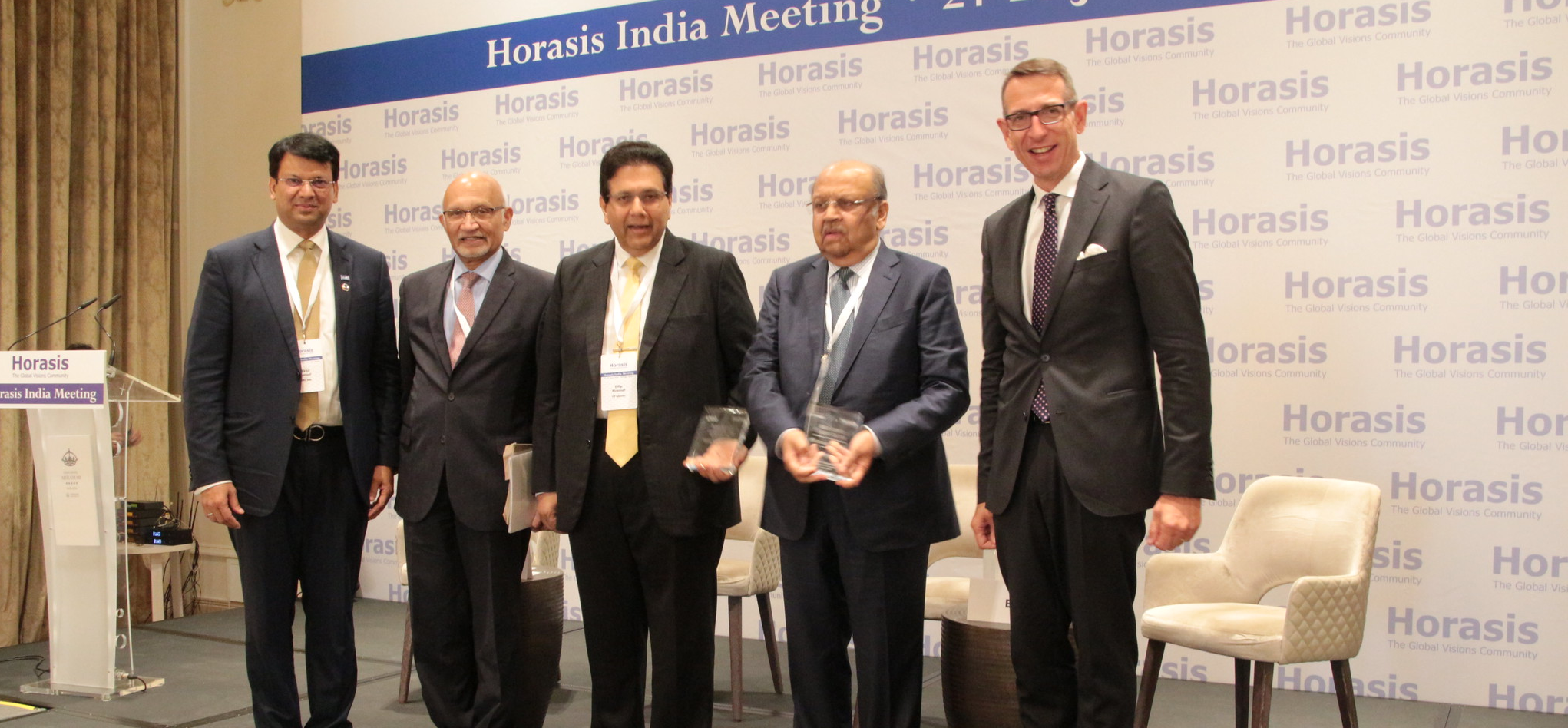Sifting the Truth from the Fake
We are now in an era where of information overload. The situation is made more complex by the advent of AI-generated content, fake news and manipulated media. A significant portion of the fake news concern public figures.
This flood of information, both factual and fabricated, has made it increasingly difficult for individuals, particularly business leaders, to separate fact from fiction.
Misinformation is not new; history is littered with examples of fabricated facts, propaganda and rumors. What’s different today is the sheer volume and velocity at which false information spreads. Social media platforms and the internet enable anyone, anywhere to publish and distribute content that can reach millions in seconds. Add to that AI-powered systems capable of generating highly realistic but entirely false media, and the challenge of discerning truth from fiction becomes almost insurmountable.
Fake news thrives because it taps into human emotions — fear, anger and confirmation bias. People are more likely to believe and share information that aligns with their existing views, even if it’s not true. This presents a dilemma for CEOs and other business leaders, who rely on accurate information to make critical decisions.
In an era where information moves at the speed of light, how do CEOs and leaders sift the truth from the fake? And what role can regulations play in addressing this new challenge? The stakes are high, not only for businesses but for society at large. The answer to these questions lies in a combination of education, technology, critical thinking and governance.
CEOs Coping Mechanism
One of the most straightforward ways to combat fake information is to engage in rigorous fact-checking. CEOs and their teams can employ the SIFT method. Developed by digital literacy expert Mike Caulfield, the SIFT method is a practical approach to evaluating information. It stands for:
- Stop: Pause and consider the information before reacting.
- Investigate the source: Check the credibility of the source.
- Find better coverage: Look for additional sources to confirm the information.
- Trace claims, quotes and media back to the original context.
While AI is often seen as part of the problem, it can also be a powerful tool in fighting misinformation. CEOs can employ advanced AI systems to automatically detect fake news, spot doctored images and flag inconsistencies in data. For instance, Meta is leveraging AI to combat misinformation by developing advanced models that can detect false information across its platforms. These AI systems analyze content for patterns and signals indicative of misinformation, such as the source’s credibility and the content’s context. Additionally, Meta collaborates with third-party fact-checkers to verify the accuracy of flagged content. The goal is to reduce the spread of false information while maintaining a balance between automated detection and human oversight.
CEOs can also rely on human expertise. Experts in fields such as cybersecurity, journalism, and data analysis are crucial in interpreting information and discerning facts from well-crafted fakes.
Can Regulations Help
Regulations can play a significant role in curbing the spread of misinformation. However, they must be carefully crafted to balance freedom of expression with the need to protect the public from harmful falsehoods.
Some governments have already taken steps to impose fines on social media platforms that allow fake news to spread unchecked. The EU’s Digital Services Act is something that other countries can choose to emulate. Enacted in 2022, the law came into effect in 2023, mandating large tech companies with over 45 million monthly users to implement systems to curb misinformation, hate speech and terrorist propaganda. Non-compliance can result in penalties of up to 6% of global annual revenue or a ban in EU countries. Starting February 2024, smaller companies will also need to comply, though with less stringent requirements.
Brazil is also reigning in the proliferation of fake news. The country launched the “Brazil against Fake” (Brasil Contra Fake) campaign to combat misinformation on social media. The campaign, under the slogan “spreading fake news is spreading destruction,” aims to highlight the impact of misinformation on daily life and encourages people to verify information before sharing it. The campaign’s website provides a step-by-step guide for reporting fake news on social media platforms.
This year’s Horasis Global Meeting is being held in South America for the first time. The meeting is scheduled to take place between 25-26 October 2024 in the city of Vitória, the capital of Espírito Santo, a southeast state of Brazil. The meeting will bring together business and public leaders to help bridge divides between the North and South economies and help address global challenges, including inequality, peace and climate change.
As the world continues to grapple with fake news and the proliferation of AI-generated content, CEOs and business leaders face an increasingly complex landscape. The ability to sift through vast amounts of data and content, and distinguishing the real from the fake is now a critical skill. By leveraging a combination of AI, human intelligence and thoughtful regulation, CEOs can navigate this new age of information, making informed decisions that protect their companies and help build trust in an era where the truth is often hard to find.
Photo Caption: In today’s digital age, the spread of misinformation has become rampant.



